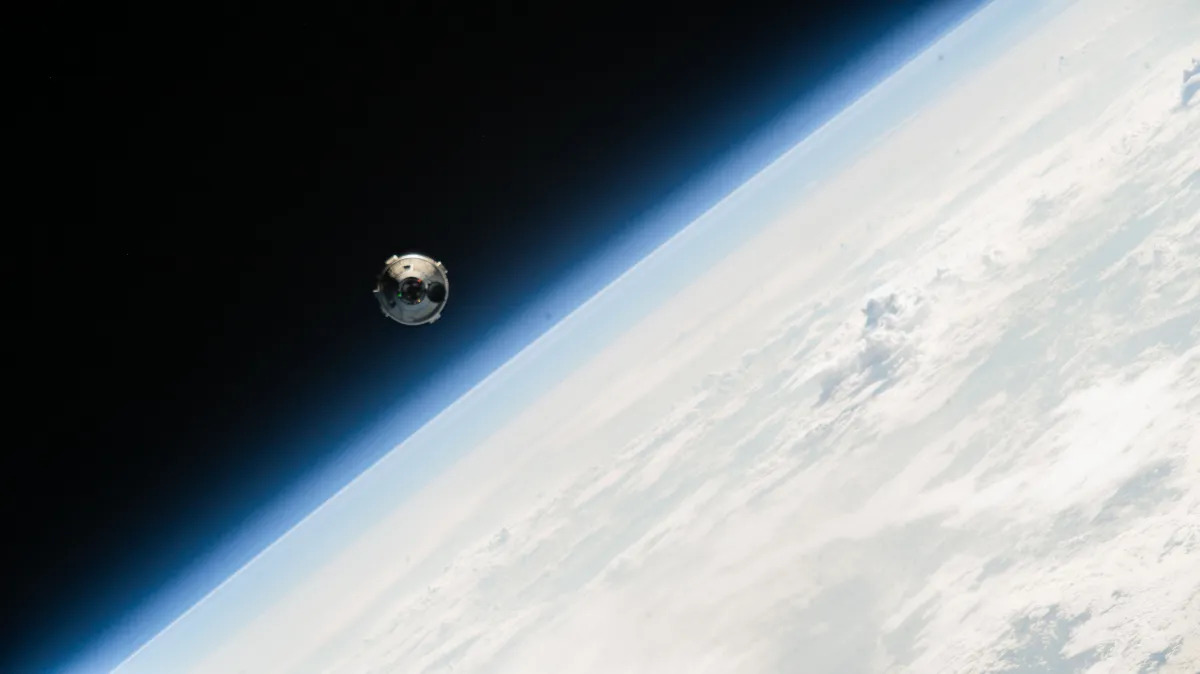Boeing’s Starliner successfully docked with the ISS but encountered last-minute problems. The company’s first crewed test flight to the space station finally linked up at 1:34 PM ET after several thrusters malfunctioned, causing it to miss its initial attempt. Despite these issues, the capsule successfully attached to the ISS in an orbit about 260 miles over the Indian Ocean. The pair is now circling the planet at around 17,500 mph.
What’s Happening & Why This Matters
“Nice to be attached to the big city in the sky,” Wilmore spoke over comms to mission control in Houston after the successful docking. The capsule carried 760 pounds of cargo, including about 300 pounds of food and other supplies requested by the four US astronauts and three Russian cosmonauts onboard. Initially scheduled for 12:15 PM ET, the link-up was delayed after five of Starliner’s 28 reaction control thrusters went down, attributed to a helium propulsion leak. Although NASA and Boeing concluded that the loss did not compromise the mission, the crew was able to restart three of the thrusters, providing enough redundancy to move forward.
Continuing the list of problems and delays that have plagued Starliner are issues detected during liftoff and ascent, including a small helium leak and two additional leaks. These setbacks echo Boeing’s struggles to get its capsules certified for regular flights. SpaceX, Boeing’s rival, reached the ISS for the first time in 2020, approximately when this Starliner mission was originally slated to launch. Despite Boeing’s issues, the company is still pursuing NASA certification to join SpaceX as a regular ride to the ISS.
TF Summary: What’s Next
Boeing is aiming for reliability and success, but despite its troubles, may still arise as a regular ferrier to the space station. Despite the problems and delays, Boeing remains optimistic and eager to address and resolve the issues to achieve their goal of making routine trips to the space station. This could mark an important development in space exploration, giving NASA multiple private-sector options for travel to the ISS.


